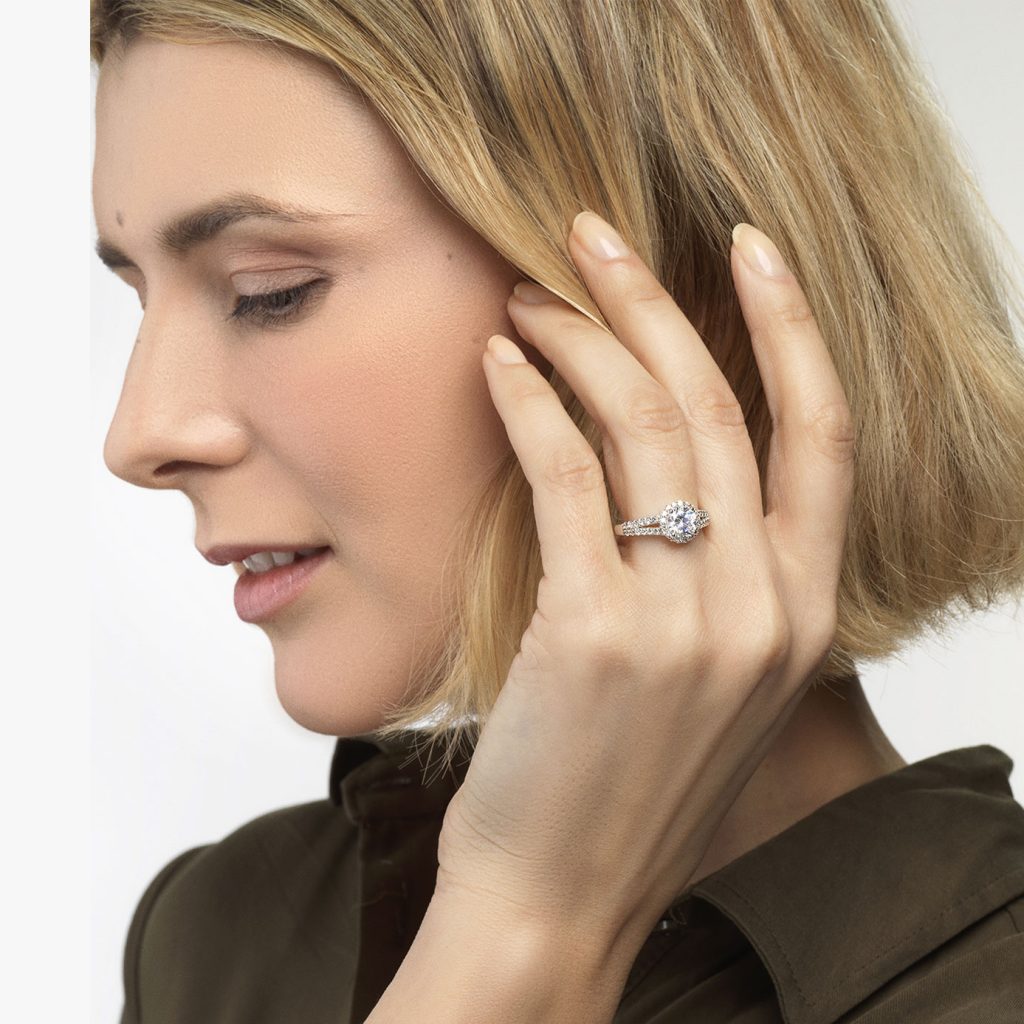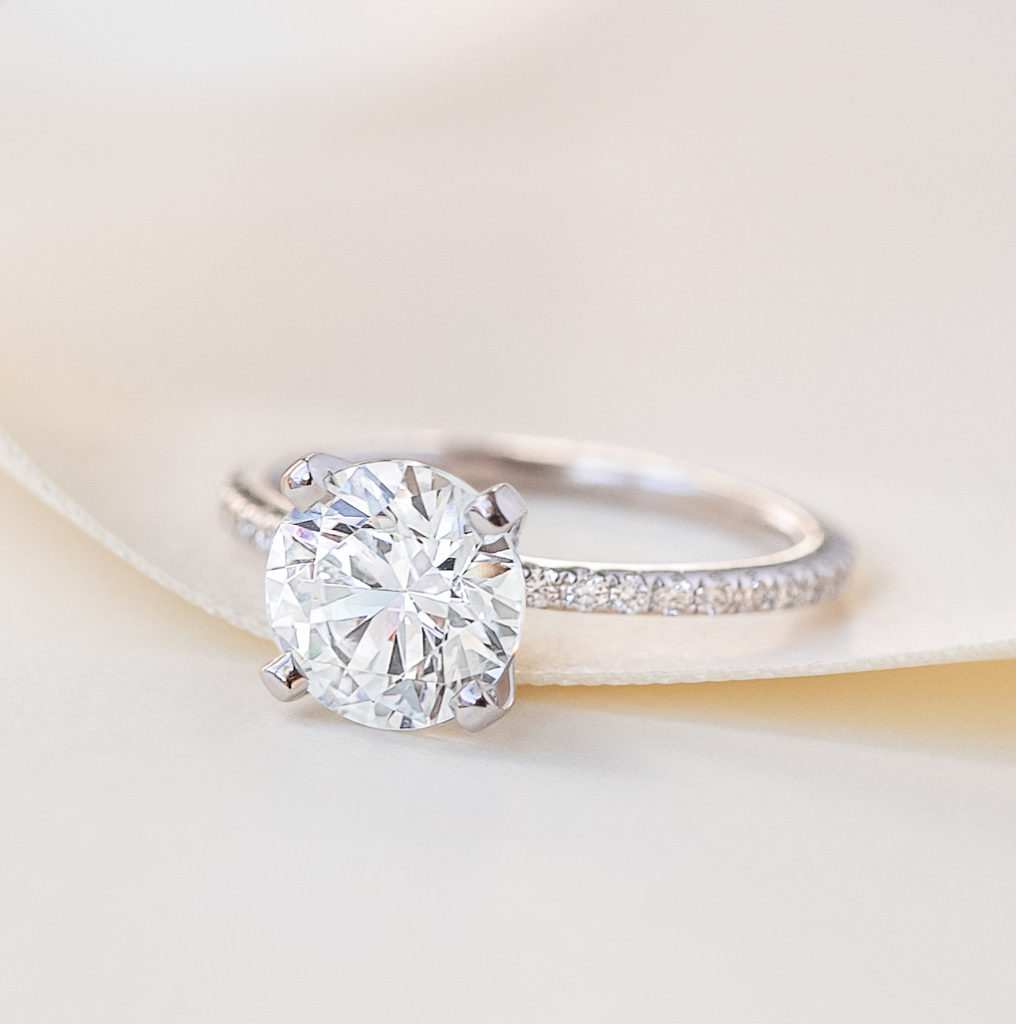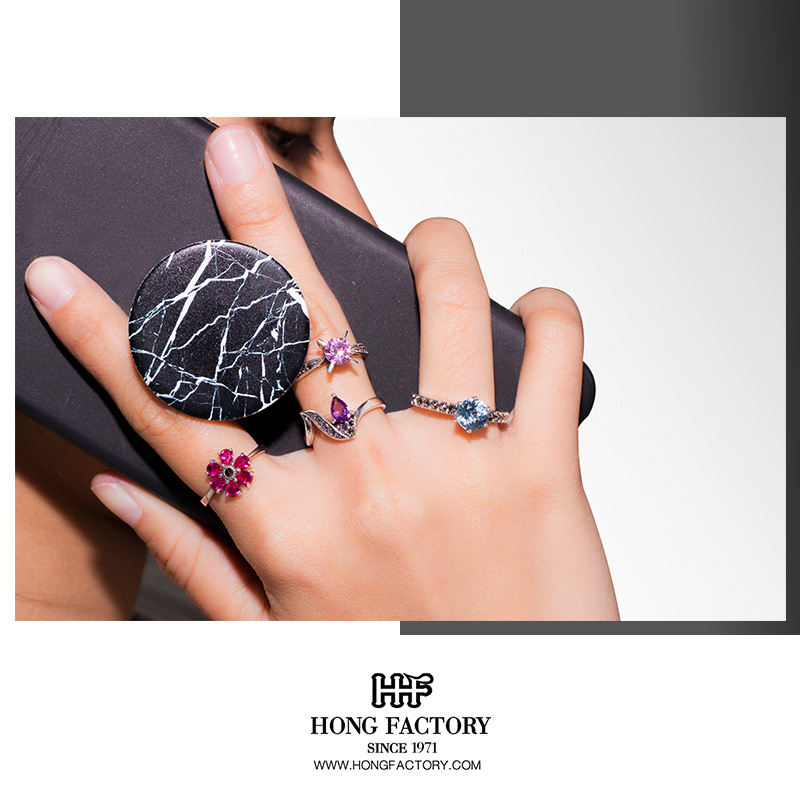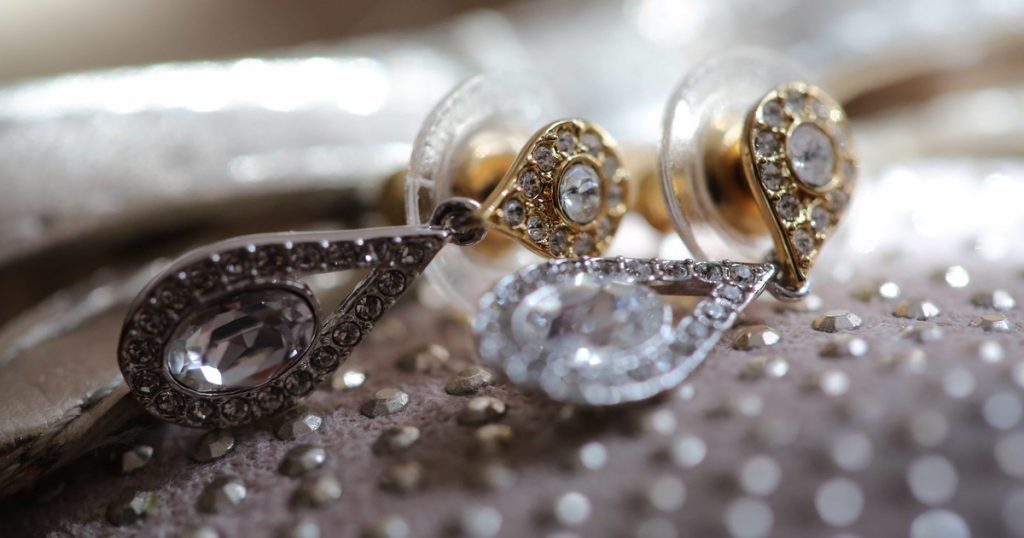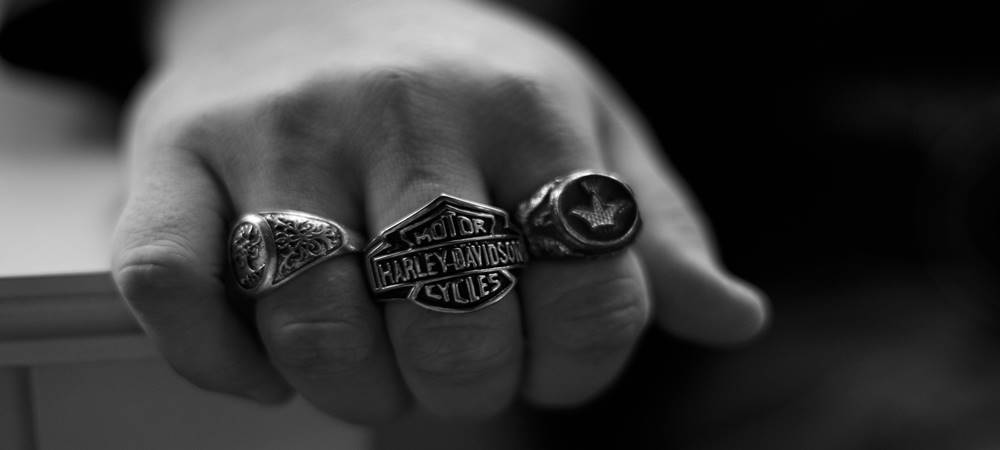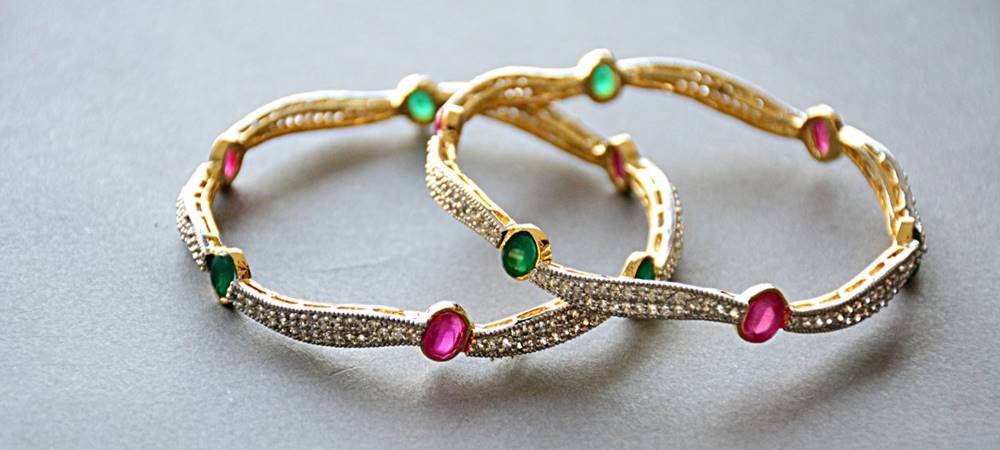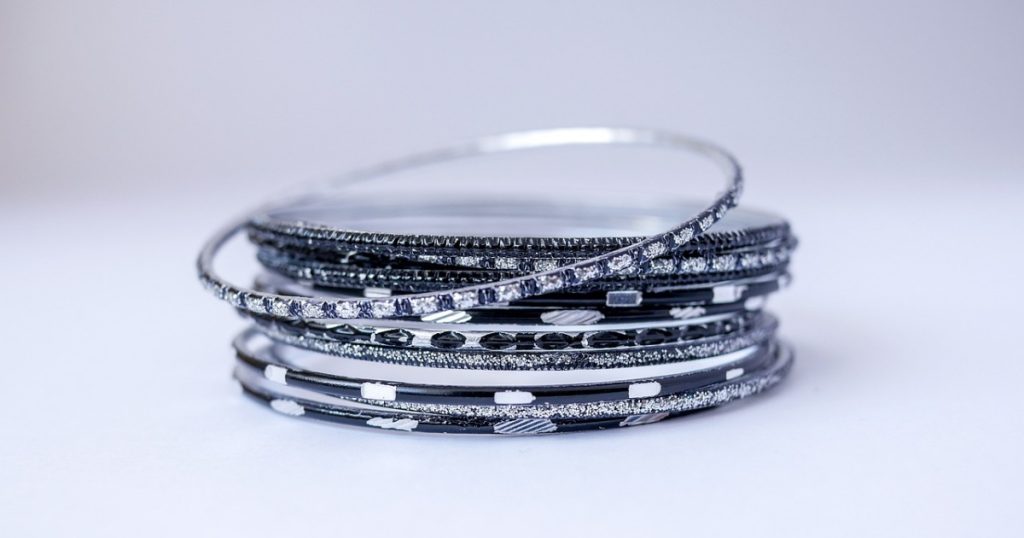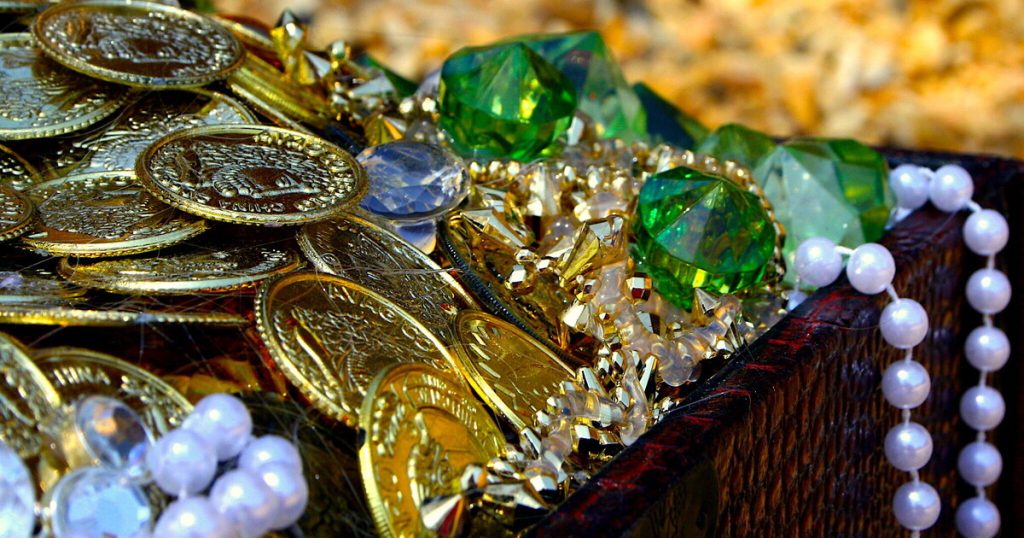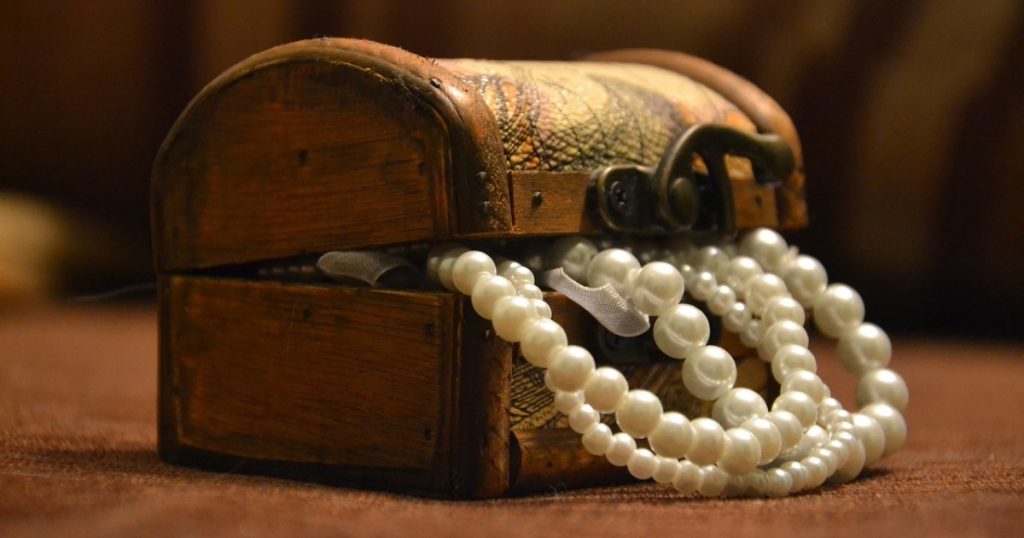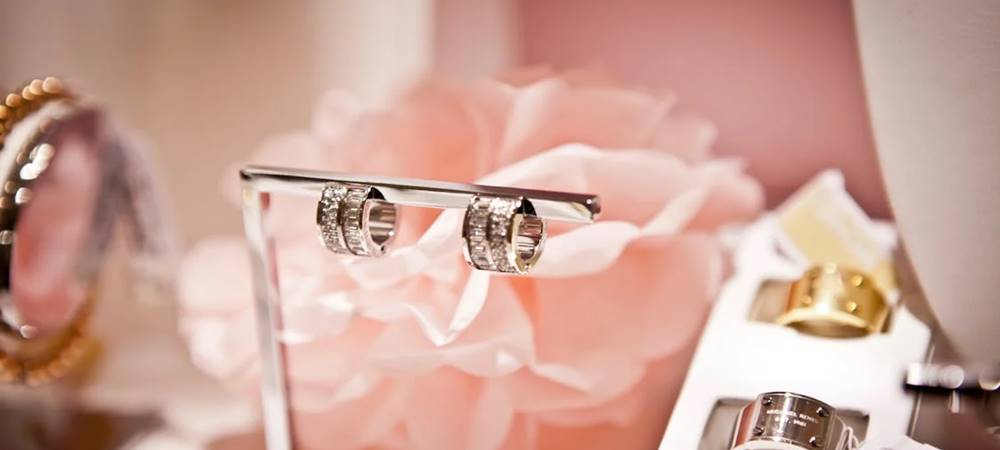Diamonds look very much like cubic zirconia stones. Is their performance the same? In this article, you will discover the answer. Here are a few of the most notable differences between CZs and diamonds. Cubic Zirconia
Cubic Zirconia vs. Diamond: Top differences
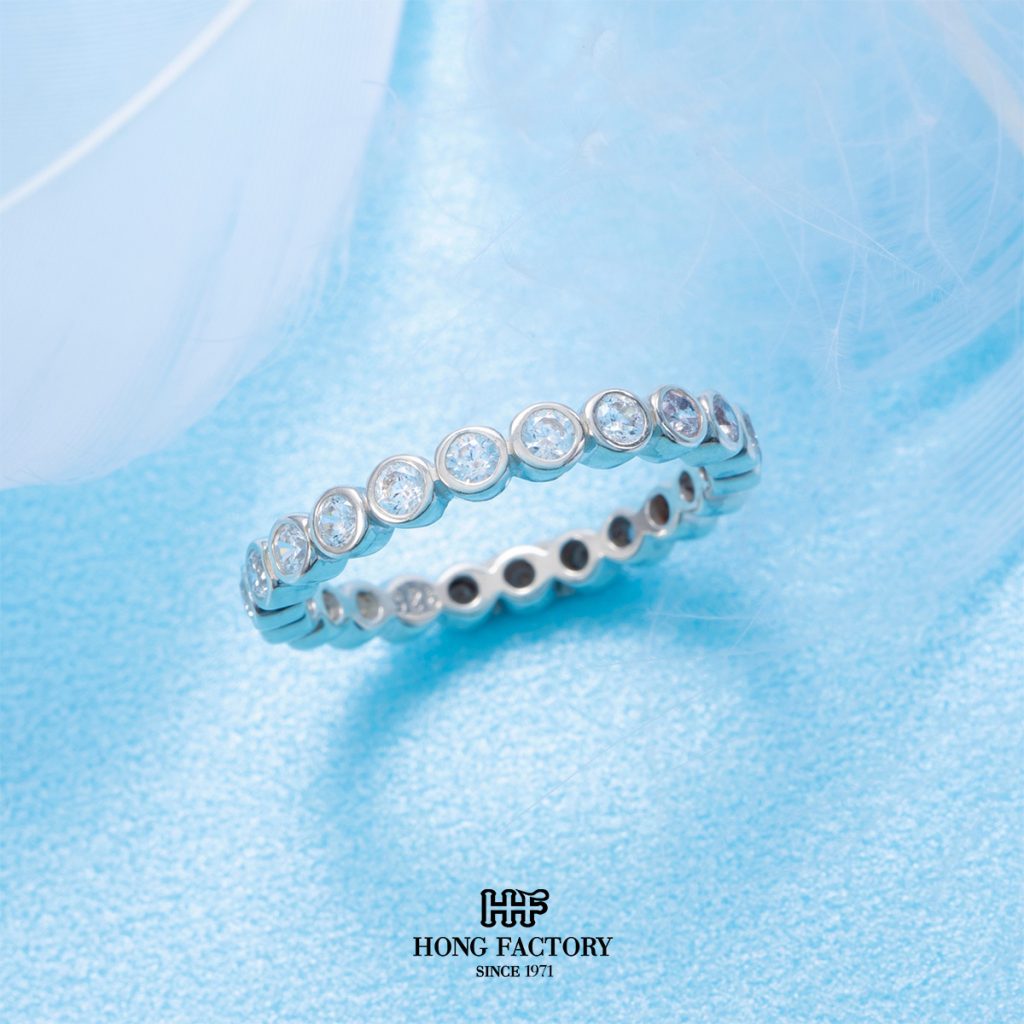
CZ vs. Diamond: Origin
Natural as well as synthetic diamonds can be found. Diamonds mined from the earth are more expensive than diamonds synthesized. Diamonds in the synthetic form are created in a laboratory, where they are chemically, optically, and visually similar to those found in the earth. A diamond is a real thing, but there is still a small difference because it was created in a laboratory.
CZs are also created in labs, just like synthetic diamonds. They are simply diamond simulants, meaning other than the appearance, they share few other characteristics with diamonds. Cubic Zirconia For instance, CZ is made from zirconium oxide, while diamonds are made from carbon.
CZ has the advantage of being a sustainable gemstone since it is a lab-grown gemstone rather than a mined one. You can trust the CZ to be ethical, sustainable, and conflict-free. Mining diamonds is an often-murky prospect.
CZ vs. Diamonds – Durability
Known as the hardest naturally occurring material globally, diamonds have a Mohs hardness rating of 10. Nevertheless, CZ ranks between 8.0 and 8.5. Unlike other gemstones, diamonds are resistant to scratching and chipping. Cubic Zirconia
Cubic Zirconia In addition to being extremely durable, only diamonds can damage other diamonds. Thus, it makes it the ideal stone for jewelry that requires daily wear, such as wedding rings and engagement rings and requires only minimal maintenance to retain its shine.
While CZ is also a hard stone, it is more prone to scratches and damage. The shine of CZ can gradually lose its shine over time, and regular cleaning and care will be required to keep it that way. It will probably need to be cleaned periodically and eventually even replaced by a jeweler.
CZ vs. Diamond: COMPOSITION
Despite their similar appearance, these stones are extremely different in composition. You can tell a diamond from cubic zirconia by the hardness of the stone. Cubic zirconia is much less hard than a diamond, which has the highest hardness rating of any stone.
As a result of carbon’s composition, diamonds have a highly reflective and hard surface. Weight is another way to also test it out. The dimensions of a diamond and cubic zirconia are similar, but cubic zirconia weighs more and are slightly denser.
CZ vs. Diamond: APPEARANCE
An initial step to determining if cubic zirconia is passing itself off as a diamond is to look for the gem’s halo. Although they appear to be similar at first glance, there are subtle differences between the two gems you should be aware of. For instance, an M color diamond would be a little yellower than an F color diamond due to this.
In general, cubic zirconia is a colorless material, which is an indication it’s not a diamond. Another feature that makes a diamond stand out is its natural inclusions throughout – this is another indication that it is genuine. A microscope is usually necessary to see these inclusions in any diamond. Cubic Zirconia
CZ vs. Diamond: Clarity
The clarity of a gemstone determines the number of flaws, trapped minerals, and errors. There will almost always be some flaws or imperfections in diamonds since they are mined from the depths of the earth. The majority of mined diamonds are deemed useless for jewelry making.
Moreover, many diamonds appear tarnished or yellow. A diamond of the highest grade is as close as possible to pure white. The clean and white color of cubic zirconia is reminiscent of a high-grade diamond. Due to the synthetic nature of CZ, every stone has a near-perfect clarity. A cubic zirconia stone could be the right choice if you want a clear stone that looks like a flawless diamond.
CZ vs. Diamond: Ethics
The ethical implications of the diamond industry must be considered when examining cubic zirconia and diamonds. Another term you might hear is “blood diamond.” That’s a term for a diamond whose mining, purchase, and sale have contributed to funding terrorism, war, or human rights abuses.
It’s not always possible to verify or know whether a diamond has been sourced ethically, despite many diamond sellers attempting to do so. By contrast, cubic zirconia is in no way associated with the “blood” market and does not require environmentally damaging mining methods for it to be produced.
Cubic Zirconia vs. Diamond: Beauty and Brilliance
Among the most important factors that influence the appearance of a diamond is its Cut – this is what impacts how much light reflects through the diamond’s surface and reaches your eyes.
Cubic Zirconia Fire is the reflection of colored light, whereas brilliance is the reflection of white light. There is no real fire or brilliance in cubic zirconia. The Refractive index is significantly lower, which means it is between 2.15 and 2.18, in contrast to 2.42 for diamonds.
reflects light differently than other materials, offering significantly less backlight to the eye. When viewed under a light, you can notice the enormous difference in how the two gemstones reflect the light.
For instance, this 0.8-carat diamond ring radiates more brilliance than any cubic zirconia, regardless of its size. Cubic Zirconia When compared to diamond, cubic zirconia exhibits a higher dispersion rate (between 0.058 and 0.066).
CZ stones with an increased dispersion rate have a “rainbow effect,” meaning the light reflects too much color. Hence, due to excess light dispersion, makes it easy to distinguish a fake diamond from a real one.
